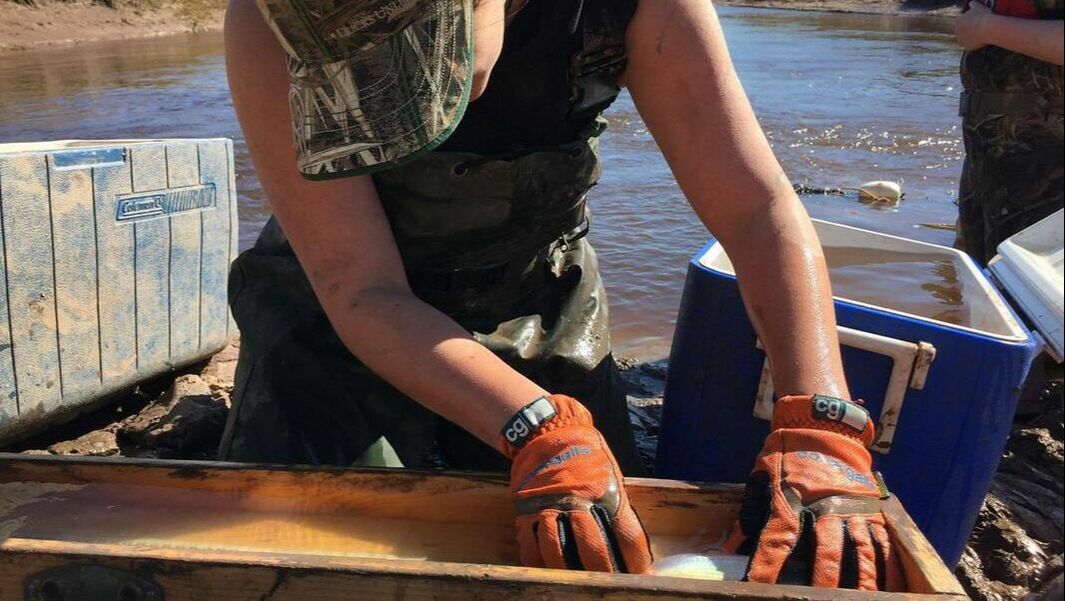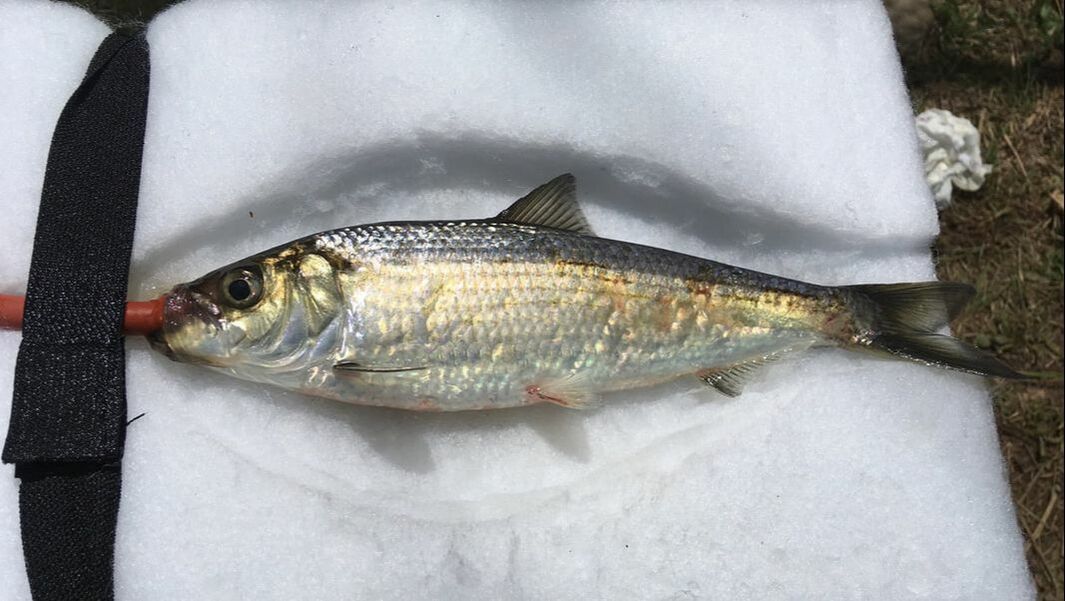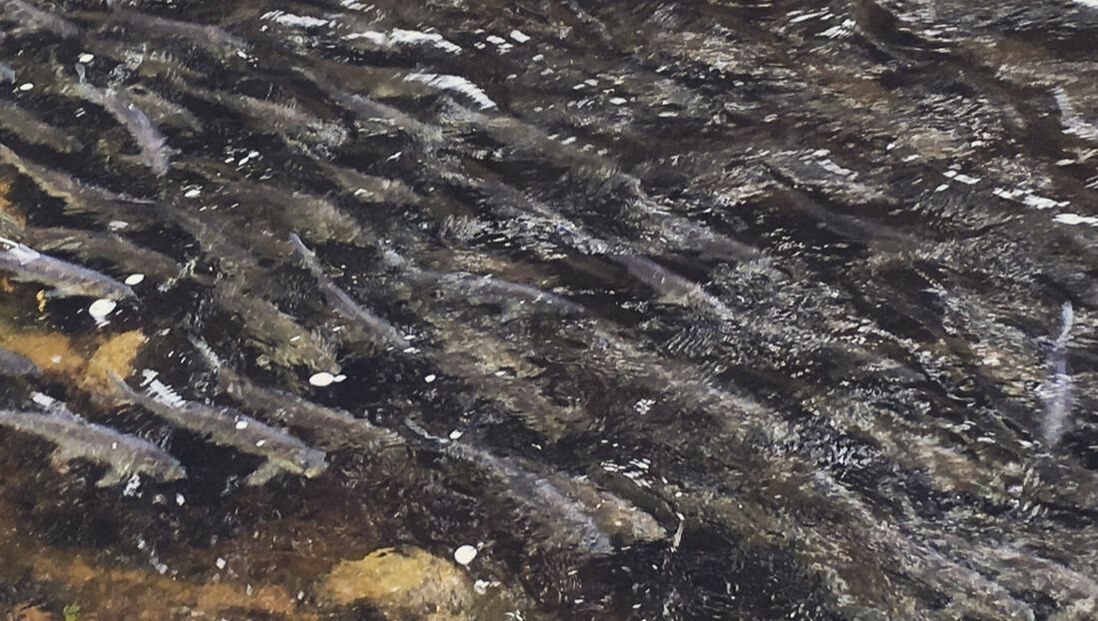BACKGROUND
|
WHO?
Liza Tsitrin is an artist, photographer and researcher with a passion for adventure and conservation. She earned her B.Sc. (Hon.) in Marine Biology at Dalhousie University in 2018, and is now a M.Sc. candidate at the Coastal Ecology Lab at Acadia. She became fascinated by the ocean once she learned to scuba dive at the age of 12, and has since been passionate about fieldwork and everything marine. Liza is dedicated to promoting stewardship of aquatic species and environments through art, research, and public education.
|
WHAT?
This research will use newly developed acoustic tags to monitor near-shore movement of Alewife (locally known as Gaspereau) through Minas Basin following spawning. One of the primary goals is to quantify if and when fish move through an area of tidal turbine development in Minas Passage, in order to assess whether these structures could pose a threat to migrating animals. The research is being done in collaboration with the Offshore Energy Research Association, DFO scientists, Nova Scotia Power, and local fishermen.
|
WHY?
Gaspereau (also known as Alewives, Sawbellies or Kiack) are small, anadromous fish that support both recreational and commercial fisheries of local importance, particularly in the Black River – Gaspereau River system in Nova Scotia, where these fish dominate during their spring spawning runs. In Kings County, a fishery for Gaspereau has existed since colonial times, and its continuation today helps support families and bring in revenue for the province. The catch is used for fish meal lobster bait, petfood, or it is smoked, canned, salted or pickled for human consumption.
|
LOCATIONGaspereau River
|




